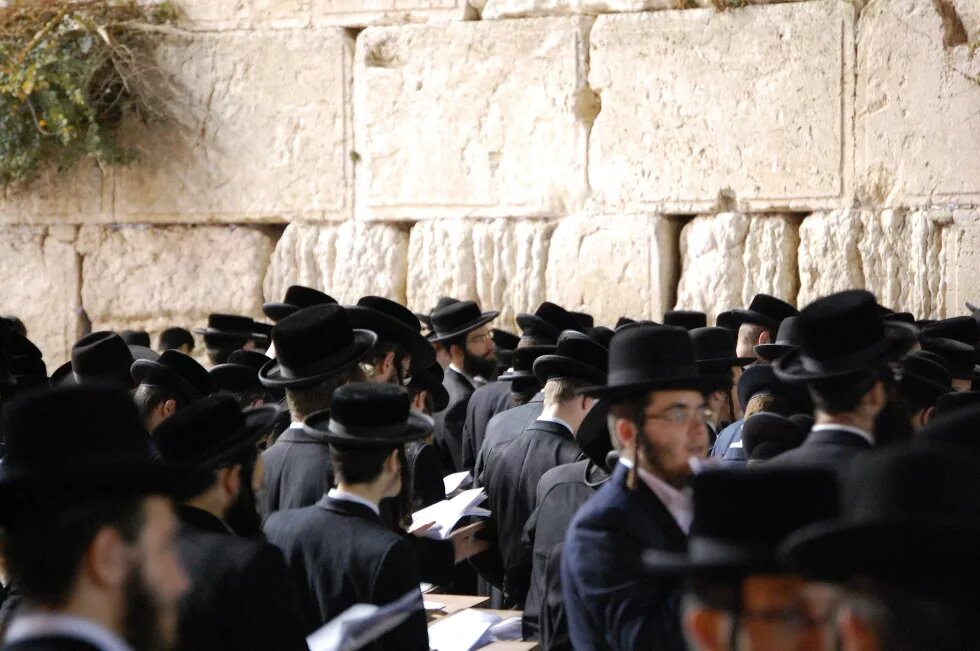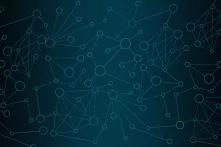As COVID-19 shifted from East Asia to Europe and then to North America, public media began reporting the disproportionate effects of the pandemic on minority groups. This piece draws on research on COVID-19 among Haredi (ultra-Orthodox) Jews to offer a toolkit for policy makers enabling tailored health-related communication.

As COVID-19 shifted from East Asia to Europe and then to North America, public media began reporting the disproportionate effects of the pandemic on minority groups. From the CDC (Centers for Disease Control and Prevention) to The New York Times to BBC, the painful question resonated loud and clear: “Why are more people from black and minority ethnic backgrounds dying from the coronavirus?” (BBC, 9 June 2020). In response to this alarming data, researchers have put forward a variety of interpretations for the disparities in health equity. It has been argued that the pandemic exposes and reifies existing disparities in health care that are linked to structural inequalities. Although these studies have highlighted the ways COVID-19 reifies existing forms of structural inequality, while primarily focusing on race, gender and disabilities, the particular challenges posed by religious minorities have received less attention.
This short piece draws on research on COVID-19 among Haredi (ultra-Orthodox) Jews to offer a toolkit for policy makers enabling tailored health-related communication. More specifically, it discusses how science communicators need to think creatively when trying to approach communities that are not as immersed in the digital public sphere.
In Israel, at the height of the pandemic in March-June 2020, ultra-Orthodox (Haredi) Jews accounted for 40-60% of all coronavirus patients at four major hospitals, even though they make up only 12% of Israel’s population. Waitzberg et al. have attributed this disproportionate effect to overcrowding and large families as well as a variety of socio-religious factors. The recent paper co-authored by Dr. Lea Taragin-Zeller, Yael Rozenblum and Professor Ayelet Baram-Tsabari, published in Science Communication, found that Haredi men and women made COVID-19-related decisions that drew on both religious and health and medical-related rationalizations. However, there was one particularly striking dilemma in which religious justifications and language dominated: the closing of religious seminaries. When participants were asked what they thought about the Ministry of Health’s decision to close all schools, universities and religious seminaries, most respondents agreed that the decision to close all schools and universities was correct (94.9%), but only 23.2% agreed with the decision to close religious seminaries. This points to the disparity between the ways public health guidelines and regulations are perceived in the context of general education as compared to the ways guidelines should be applied in a religious context.
In the context of the pandemic, even though the comparison between schools and religious seminaries was fairly intuitive for Israeli policy makers and reporters, from a Haredi perspective the government decision to close all religious seminaries was perceived as shutting down the heart of Jewish life. The constant comparison between religious seminaries and schools reflected how public policy makers ignore aspects of Jewish life that are essential, according to Haredi frameworks. As Rivka, one of the participants in our study said: “Religious seminaries and the army are the same . . . it is a home and there is no reason to send them home. They can maintain the guidelines there!”. Thus, Rivka’s comparison between army and religious seminaries is the ‘correct’ comparison, one that equates the importance of studying Torah with the army.
The paper argues that this difference signals a socio-cultural gap in sense-making as well as minority push backs against state governance. When the pandemic began to spread in Israel, these tensions also kindled Haredi suspicions of the “true intention” behind the decision to shut down religious seminaries. These findings stress the urgent need to develop better communication models that are aligned and resonate with local/communal understandings while taking state-religion relationality into account. Tailored communication would signal that reporters understand what is at stake, according to Haredi worldviews, and find creative ways to bridge these thorny state-religion tensions, instead of exacerbating them as minority groups critique policy makers for constantly singling them out.
The study also provides detailed attention to how conventional public health messaging may (or may not) be effective when dealing with a minority population with specific cultural practices and religious beliefs. As such, science communicators must incorporate creative strategies to tailor their communications to diverse audiences. For example, translations should be provided whenever possible and images should aim to represent as many minority groups as possible. Second, communication experts should think carefully about the particular medium used to convey messages. For example, many ultra-Orthodox Jews, as mentioned above, do not have access to the internet, and policymakers must think creatively how to reach them through other channels. Haredim have their own sectorial press, that provides Haredi-filtered news, so as not to “contaminate” the Haredi home and protect their right “not to know.” In addition, in spite of virulent resistance among Haredi leadership, for almost two decades, the Haredi community in Israel (and the United States) has witnessed a sharp increase in the number of Haredi news websites alongside traditional print newspapers (Cohen, 2012; Golan & Mishol-Shauli, 2018). Today, there is a handful of Haredi news websites (e.g., Kikar Shabbat and B’Hadrei Haredim), which report uncensored information. While these can be used to target the younger generation of Haredi Jews, Haredi radio shows are the most influential routes into the Haredi home, since no Haredi TV channels exist.
In terms of content, messaging should address and respect the particular challenges and disruptions that public health guidelines pose for minority sensibilities and lifestyles. As demonstrated in this article, the guidelines that ultra-Orthodox Jews found most challenging was the closure of religious seminaries. This particular challenge (and the tension it invoked) could have been mitigated if public health messaging conveyed and demonstrated that policymakers acknowledge and understand how challenging this is for Haredi Jews culturally, religiously and politically. Matthew Nisbet and Dietram Scheufele found that the importance of tailored framing is critical as it helps, “simplify complex issues by lending greater weight to certain considerations and arguments over others, translating why an issue might be a problem, who or what might be responsible, and what should be done”.
Members of minority groups also find it easier to follow guidelines when they are put forward by members of their own communities. Therefore, when possible, it should be communal representatives of minority groups, who promote science communications and public health guidelines among their respective communities. Alternatively, public communicators can quote or refer to notable members of minority groups, who can serve as communal role models. Finally, it is important to acknowledge that each minority group has different needs and sensitivities, which calls for nuanced messaging and diversity in the relevant government bodies, which could then effectively provide tailored information to diverse populations. To overcome this challenge, a network of consultants who can be called upon when necessary could prove beneficial. This network of consultants should include representatives of each minority group and be called upon at key moments. It might seem like an onerous step to take, but this is a crucial stride to diversify health communication. As COVID-19 has painfully displayed, we are all in this together.
The opinions expressed in this text are solely that of the author/s and do not necessarily reflect the views of the Heinrich Böll Stiftung Tel Aviv and/or its partners.


